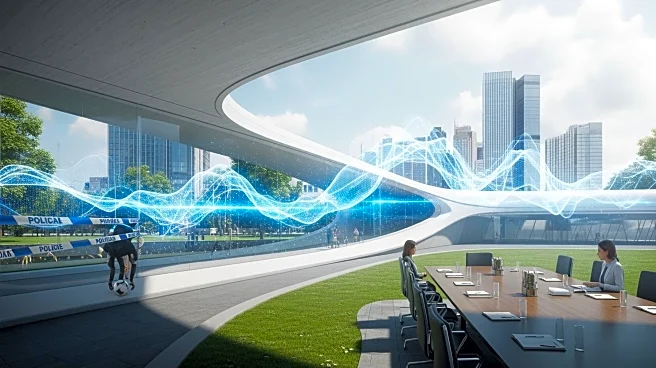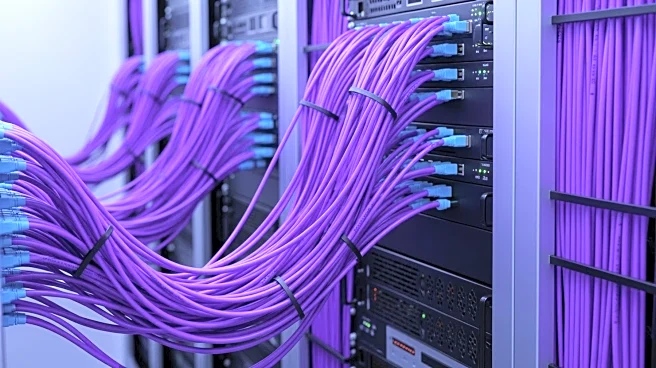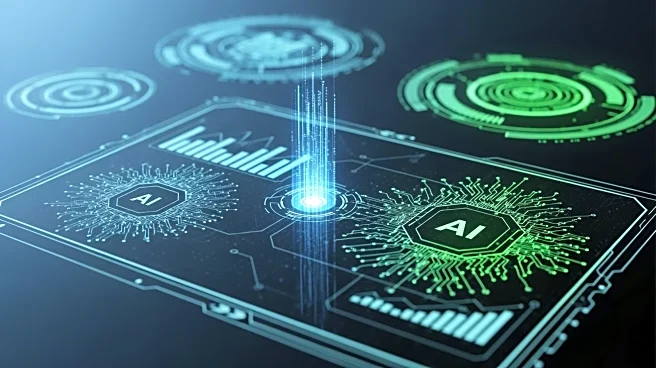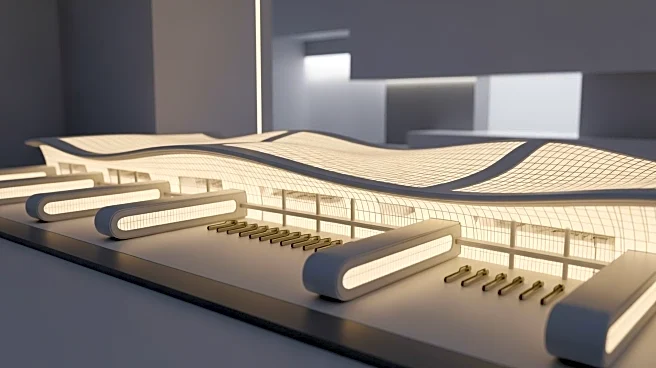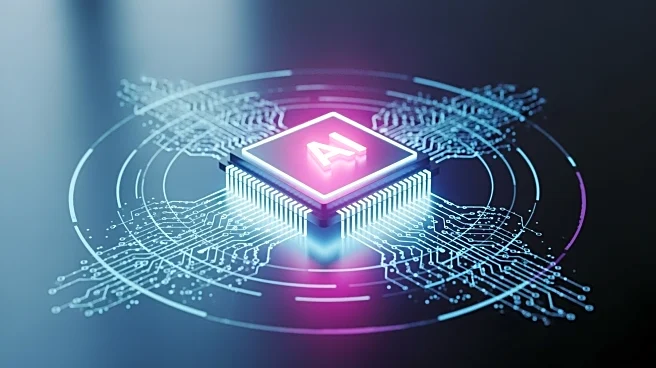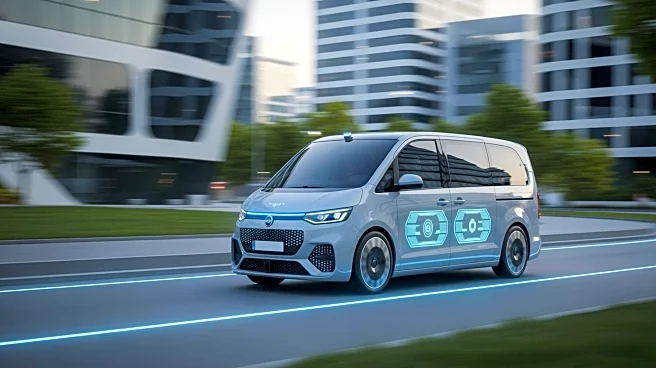What's Happening?
Page, now part of Stantec, has introduced an innovative AI-driven framework to transform the building energy modeling (BEM) process. Traditionally, BEM has been a slow and labor-intensive task, often resulting in missed opportunities for optimization
due to late-stage performance analysis. The new framework utilizes generative AI to automate and accelerate energy modeling, allowing architects to receive real-time feedback on energy use, carbon impact, and daylighting from their sketches or descriptions. This approach aims to close the gap between creativity and performance, making high-performance design more accessible and efficient.
Why It's Important?
The integration of AI into energy modeling is significant for the building design industry, as it addresses the longstanding bottleneck in the design process. By enabling faster and more accessible energy evaluations, the framework can lead to more sustainable building designs and reduce the environmental impact of construction projects. This innovation is particularly crucial for smaller commercial buildings, which often skip energy modeling due to its complexity and cost. The AI-driven process promises to make high-performance design the norm, benefiting architects, developers, and ultimately, the environment.
What's Next?
The adoption of AI in energy modeling could lead to widespread changes in the building design industry. As more firms integrate this technology, we can expect a shift towards more sustainable and efficient building practices. Stakeholders such as architects, developers, and environmental groups may push for broader implementation of AI-driven modeling to enhance building performance and reduce carbon footprints. Additionally, regulatory bodies might consider updating standards to encourage the use of advanced modeling techniques in construction projects.
Beyond the Headlines
The use of AI in energy modeling raises ethical and legal considerations, particularly regarding data privacy and the potential displacement of traditional modeling jobs. As AI becomes more prevalent, the industry must address these concerns to ensure responsible and equitable implementation. Furthermore, the long-term impact of AI-driven modeling could lead to cultural shifts in how buildings are designed, emphasizing sustainability and performance over traditional aesthetics.
